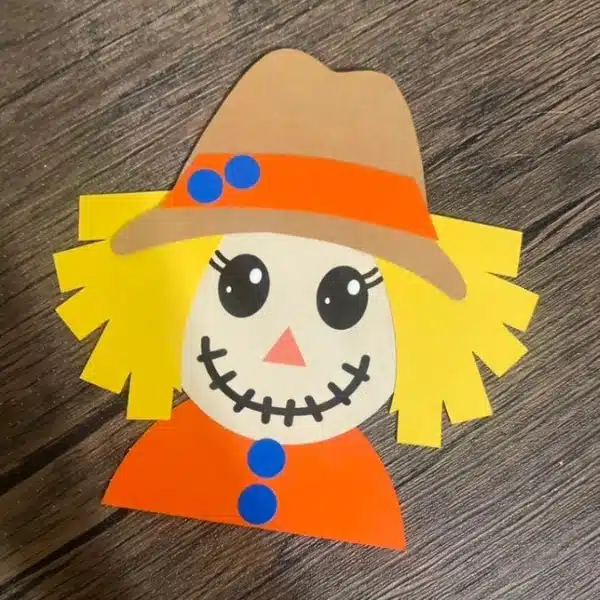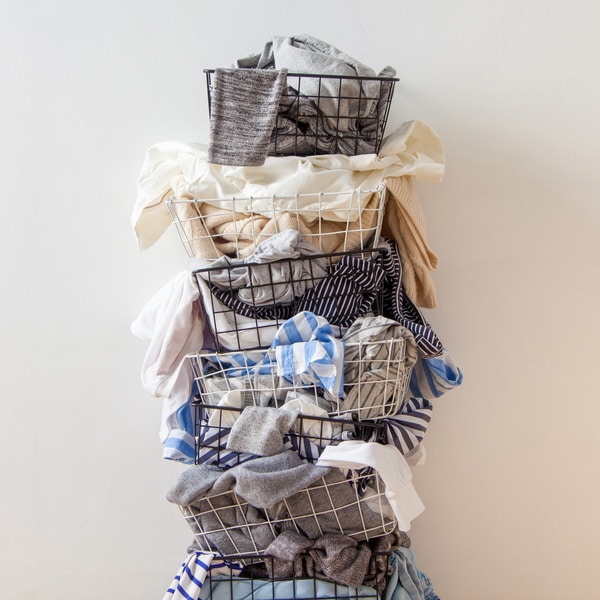
Photo: MarianaMes/Depositphotos
This post may contain affiliate links. If you make a purchase, My Modern Met may earn an affiliate commission. Please read our disclosure for more info.
Once you have a plant or two, it's tempting to want to cultivate an entire indoor jungle. But you don’t need to go back to the plant store to do so. You can propagate your existing plants and multiply what you already have. Plant propagation is an easy DIY project for a beginning plant parent and can reproduce a variety of plants without much trouble.
But first, what is plant propagation? It’s the process of reproducing flora from a single-plant parent. There are multiple ways to do it. Here, we'll go over which approach is the easiest for beginners, the steps to take, and the stations you can set up in your home to make propagation work for you.
Before you know it, you’ll have many plant babies ready to grow into mature flora.

Photo: Nanihta/Depositphotos
Why should you propagate your plants?
Plant propagation is the act of reproducing a plant from a single parent. It’s the best way to get more plants without having to buy additional flora for your home. And by pruning plants in this way, your current plant population will refrain from being too overgrown.
Propagation can take many forms, but the most common—and easiest method—is through cutting. Cutting is precisely what it sounds like: trimming a healthy part of the plant parent’s stem. New roots are developed via either water or planting in the soil. The benefits of cutting are that the steps are simple, and when it’s done properly it poses no threat to the mature plant.
How to Propagate Plants Through Cuttings
There are two ways to propagate a plant through its cuttings: water and soil. Different plants can be grown in water versus soil.

Photo: Serezniy/Depositphotos
Propagating in Water
Plants such as pothos, philodendrons, and monsteras can be propagated in water. Why is this? This dates back to their ancestors that lived in swamps and made it possible for today's plants to develop their roots in water. Although they can get their start there, these plants will eventually need to be placed in soil once their new roots have formed.
How to do it:
- With a mature plant, use a clean pair of scissors to cut a piece of the plant at one of its root notches, which are the bumps on the vines. You’ll want to cut right below the notch. This is where the roots will sprout from.
- Place the cutting in a jar or glass that’s filled with water. Opt for something that's clear so you can observe the roots as they grow.
- Move the cutting to indirect sunlight. Keep an eye on the water and make sure to change it every few days so that it doesn't become cloudy or evaporate too much. It will likely take weeks for a root system to grow.
- Once the root system is formed, it’s time to pot the plant. Place the rooted cutting into a container with soil and root hormone (optional) for faster and healthier growth.
- Continue to water it and place it in its preferred location. Now, watch it grow!

Photo: Maridav/Depositphotos
Propagating in Soil
Cacti and succulent plants are best propagated in soil. This makes them even easier to grow because you don’t have to worry about water—just put them in the dirt and move them to a larger pot once they start growing.
How to do it:
- Remove leaves from the succulent or the paddle from the cacti that you want to propagate.
- Place the cuttings on a flat surface lined with soil and wait until they have scabbed over. This step is important. You’ve essentially created an open wound on the plant, and it needs one to three days to dry out and scab over. Otherwise, it might not survive when planted in soil.
- Plant the pup in fresh soil. Water every time you notice the soil is dry, which for a new cutting might be near daily as its roots grow.
- Watch the plant get bigger and move it to a larger pot when ready.
Water Propagation Stations
Growing a cutting in water is not only easy, but it makes a great decor item. You can propagate a plant in a drinking glass, but there are more stylish options available. Many makers craft propagation stations that feature glass vials in custom-crafted holders. Check out some of those options below.
Bulb Propagation Stand

My Planter World | $14.70+
Plant-Shaped Tube Holder

Leaf and Node | $24.95
3D Printed Planters

Rosebud | $30+
Rattan Propagation Wall Hanging

Dunn Rustic | $25.50+
Circular Station

Olive Turned Legs | $17.59
Four-Tube Plant Propagation Holder

JDM Wood Creations | $24+
Wall Decor With Propagation Tubes

sculptureDIY | $39.96+
Hanging Hexagon Propagation Station

PlantsNsht | $12.75+
Live Edge Cedar Hanging Propagation Station

Roots Sprout and Home | $45+
Monstera Concrete Plant Propagation Station

Kyte Studio | $18
Related Articles:
20 Stylish Stands That Provide the Perfect Stage for Your Potted Plants
11 of the Most Popular House Plants That Are Perfect For Your Indoor Jungle
“Plant Daddy” With Over 300 Indoor Plants Offers His Top Tip for Cultivating an Indoor Jungle






















































































